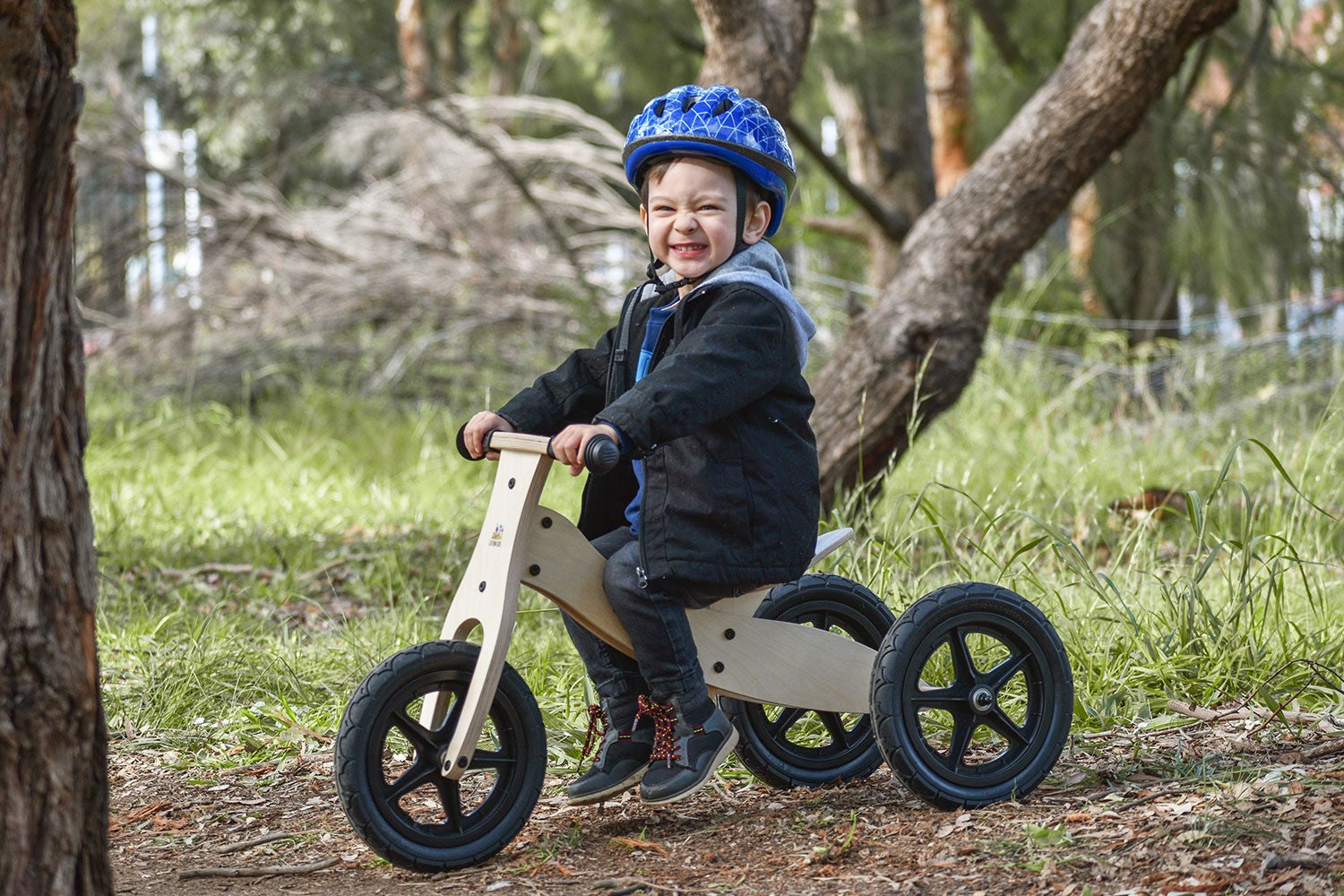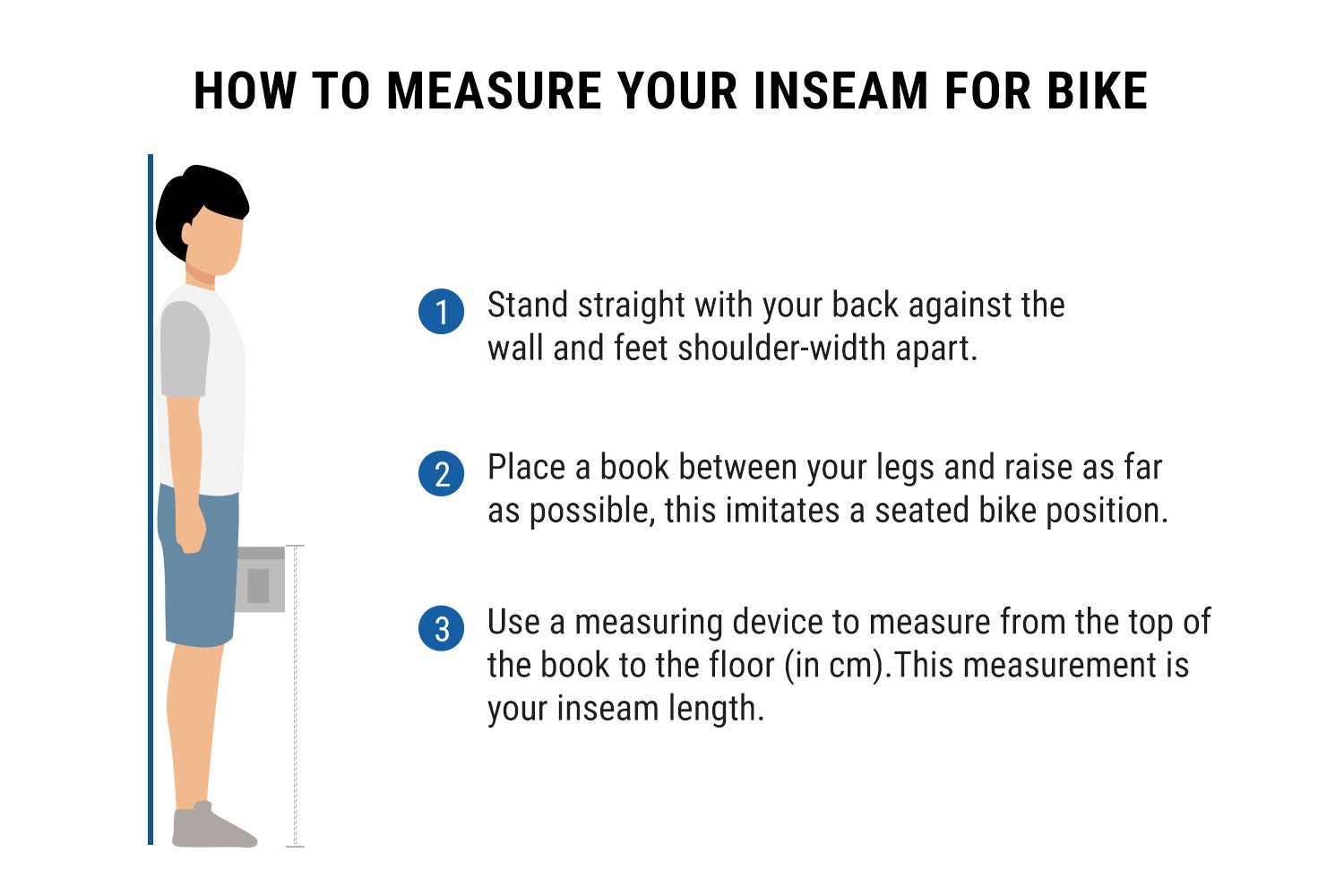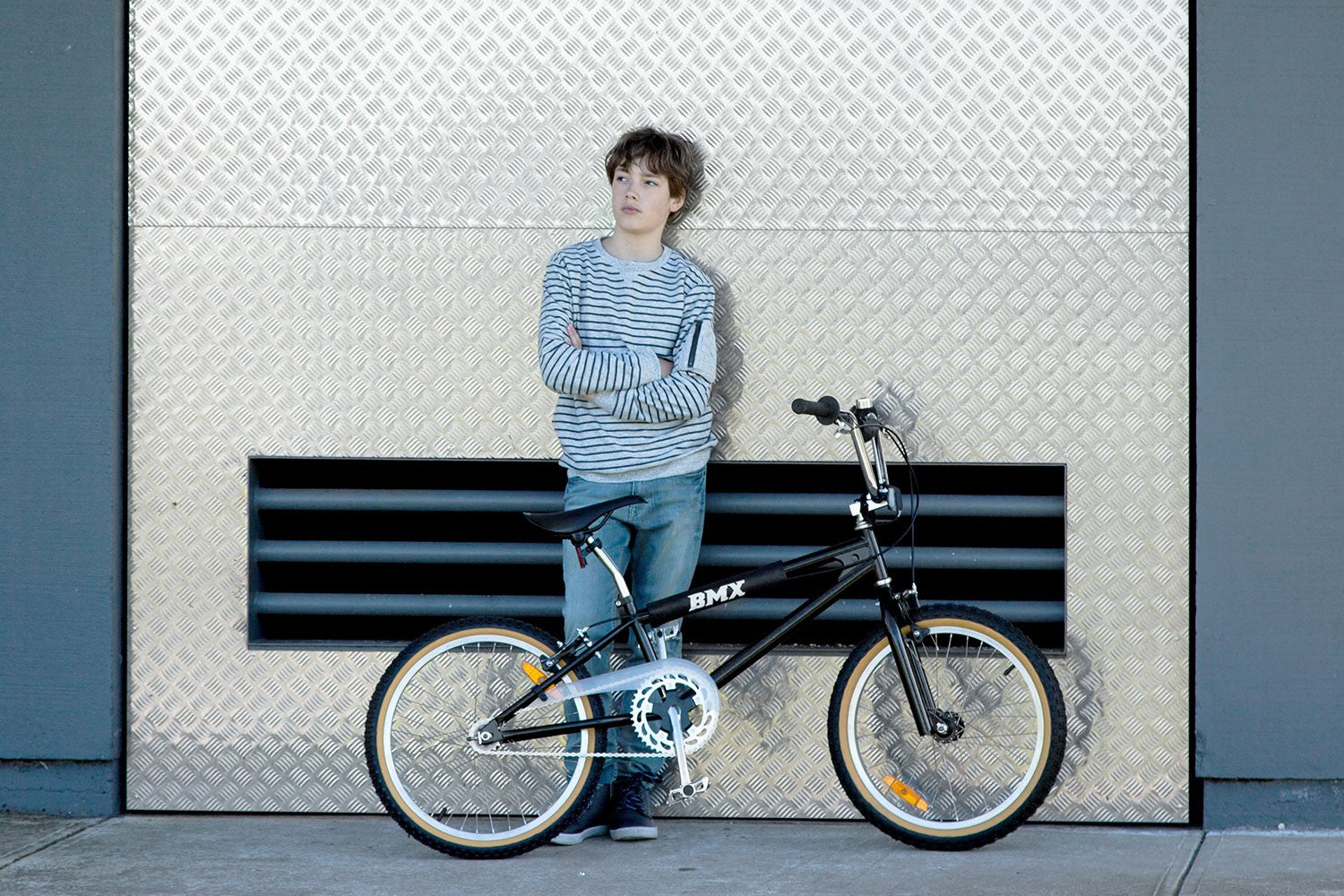The Blog
Kids Bike Size Guide - Find the perfect bike for your child!


Choosing the correct bike size is crucial for your child's safety and overall cycling experience. An oversized or undersized bike can lead to discomfort, loss of control, and even accidents. A properly sized bike ensures that your child can reach the handlebars, pedals, and ground comfortably. A good test of bike size is if your child can sit on the saddle with their feet on the ground and knees slightly bent. This ensures the bike is a safe and comfortable length and height for your child.
Unlike adult bikes, which are categorised by frame size, kids' bike sizes are determined by the diameter of the wheels. Common wheel sizes for kids' bikes include 12-inch, 16-inch, 20-inch, and 24-inch. The size of the bike affects factors such as stability, manoeuvrability, and ease of pedalling. To choose the right size, you need to consider your child's height, inseam, and riding ability.

Determining the appropriate bike size for your child involves matching their age with the corresponding wheel size. Here's a general breakdown:
- 12-inch Wheels: Suitable for ages 2-4
- 16-inch Wheels: Ideal for ages 4-8
- 20-inch Wheels: Best for ages 6-10
- 24-inch Wheels: Suitable for ages 9-12
It's important to note that these age ranges are approximate, as every child grows differently. Always prioritise your child's comfort and safety over sticking strictly to age recommendations.

To accurately determine the appropriate bike size, you'll need to measure your child's inseam and height:
- Inseam Measurement: Have your child stand barefoot against a wall. Place a book or ruler between their legs, snug against their groin. Measure the distance from the floor to the top of the book or ruler. This measurement helps you choose a bike with a suitable standover height.
- Height Measurement: Measure your child's height without shoes. This measurement will guide you in selecting a bike with an appropriate seat height and handlebar position.
Understanding your child's riding progression is crucial when choosing the right bike. Younger kids often start with balance bikes or tricycles to develop their balance and coordination. As they gain confidence, they can transition to bikes with training wheels or pedals. Finally, they'll move on to big kids' bikes without training wheels, designed for more advanced riding skills.

Aside from wheel size, inseam, and height, consider other factors when choosing a kids' bike:
- Seat Post Height: The seat should be adjustable to accommodate growth. A good rule of thumb is to adjust the seat height, so your child's leg is slightly bent when the pedal is at its lowest point.
- Upgrading: As your child grows and becomes more experienced, they may need a larger bike. Regularly check if their bike size is still suitable and make upgrades as necessary.
At Lifespan Kids, we understand the importance of providing kids with bikes that match their sizes and abilities. Our collection features a wide range of kids' bikes, from balance bikes for beginners to 26-inch wheel bikes for older kids. We prioritise safety, comfort, and quality to ensure your child has the best cycling experience.
Selecting the right bike size for your child involves considering factors such as wheel diameter, age, inseam, and height. By following the guidelines in this guide, you'll be well-equipped to choose the perfect bike that fits your child's needs and sets them on a path to a lifetime of cycling enjoyment. Remember, a well-fitted bike isn't just a means of transportation; it's a gateway to exploration, adventure, and healthy outdoor activity.














 Shop now, Pay Later
Shop now, Pay Later








